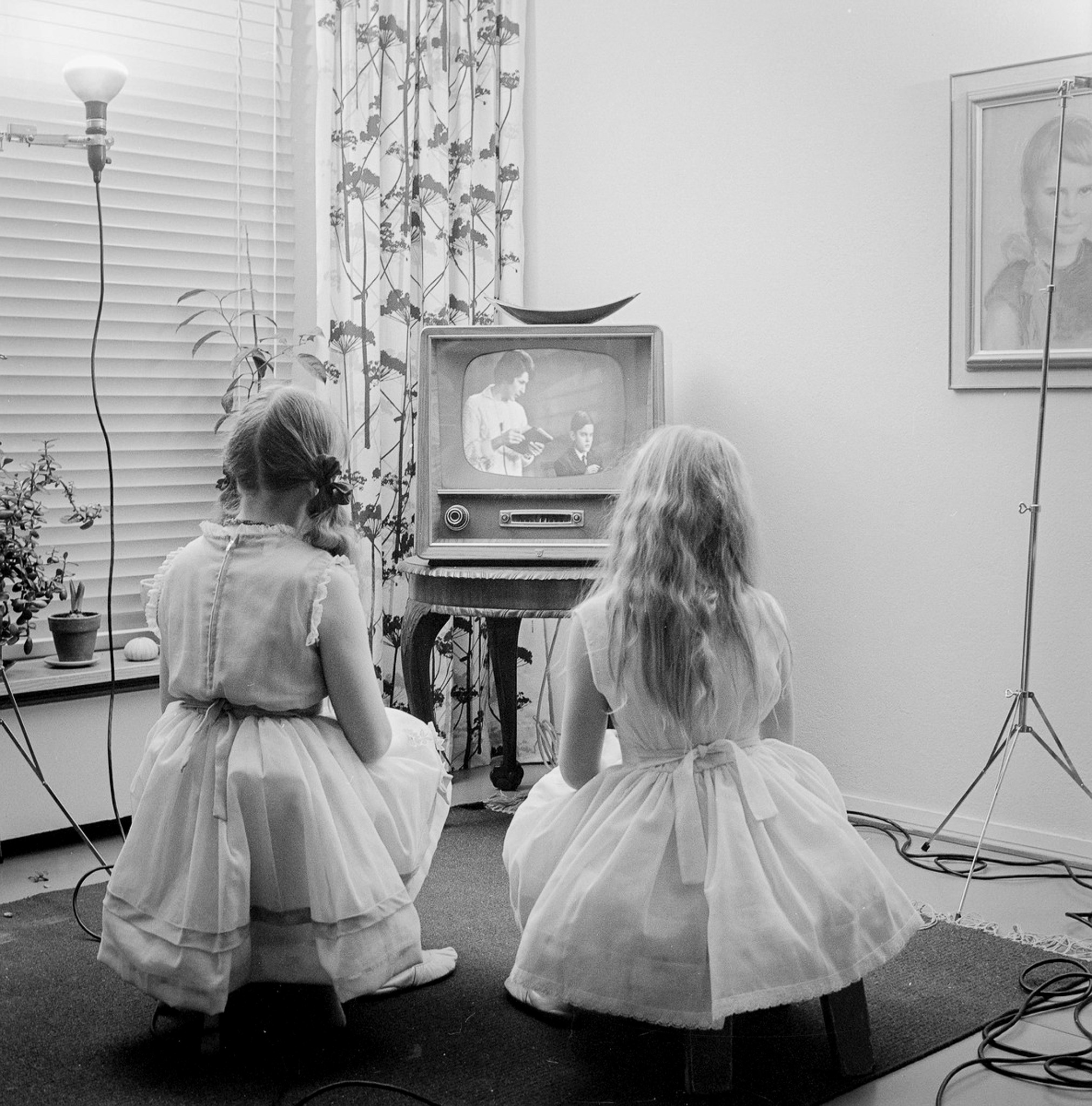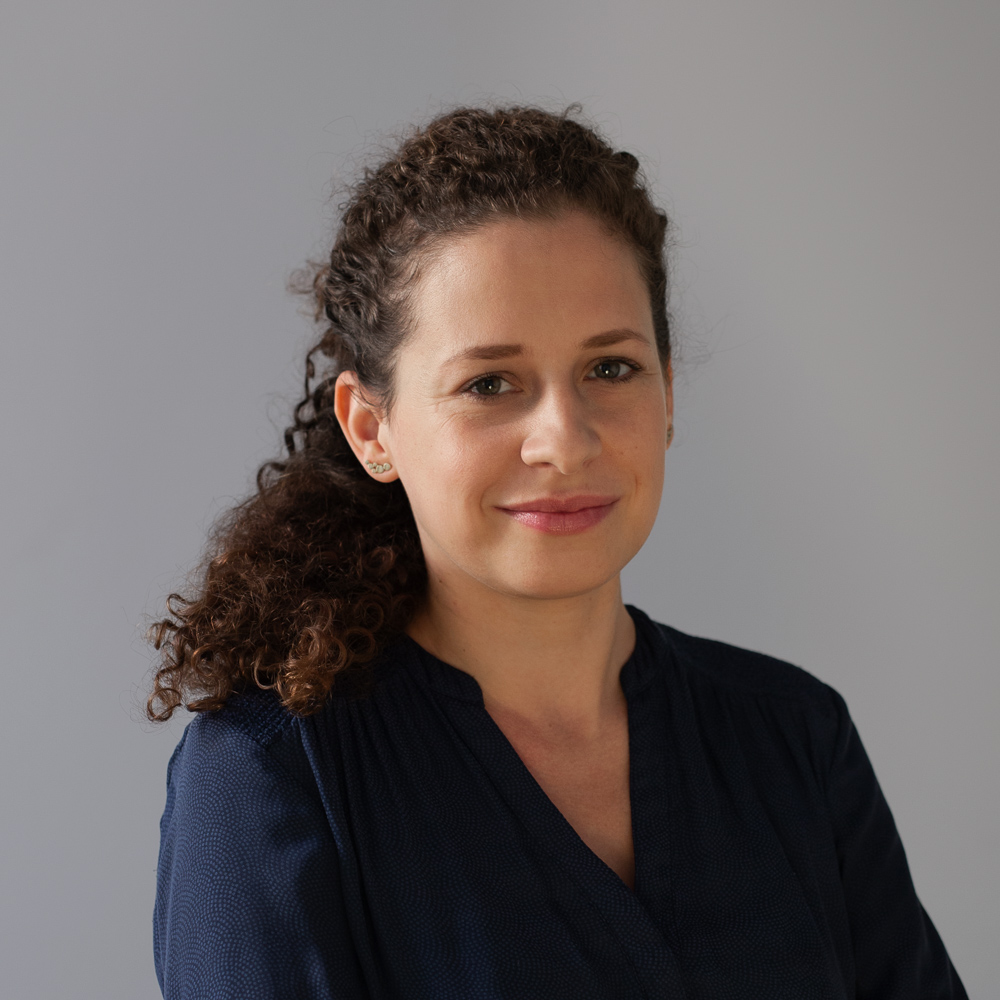Watching Videos Like a Historian brings audiovisual heritage into Europe’s classrooms
With the ERASMUS+ project Watching Videos Like a Historian coming to an end, we invite you to discover how it has equipped educators with the tools to foster students’ media literacy through audiovisual heritage.


Autor: Finnish Heritage Agency
How can we support students to become critical and thoughtful evaluators of the media they engage with every day? How can we support teachers to develop the tools, skills and confidence to foster media literacy in their lessons? And how can we bring the rich audiovisual heritage in Europe’s museums and archives to classrooms?
These are the questions at the heart of the Watching Videos Like a Historian project, which began in April 2022 and which will shortly come to an end in March. The project developed resources with and for educators which focus on using historic audiovisual material to teach history, while fostering students’ critical approach to media and sources.
The main resource developed by the project is a Toolkit which provides resources for teachers to incorporate audiovisual materials into their classroom – and motivation to do so. It offers ready-made teaching strategies, eLearning activities and online audiovisual galleries which teachers can use in their lessons. These activities are complemented by a series of detailed classroom guides which offer tips on approaches that educators can take when using audiovisual materials in a classroom. Underpinning the development of the Toolkit was active engagement with teachers in Poland, Spain and the Netherlands, who contributed to and tested the toolkit, and also received training to use it in their own classrooms.
Teachers were not the only group supported by the resources developed by Watching Videos Like a Historian. The project also launched a Practitioner’s Guide for audiovisual collection holders, which aims to encourage audiovisual collection holders to expand their offerings within the educational sector, and equip them with the tools to do it. The Guide offers practical information, step-by-step guidance and examples which institutions can use to turn their materials into resources for educational reuse.
Supporting this work, the project undertook research to analyse how audiovisual materials are currently used for education, what challenges teachers, students, and educators face, and what can be done to overcome them. This resulted in the State of the Field Report on Media Literacy supported by AV Collections, and an update of EuroClio’s Media Literacy Competence Framework for history education, which outlines which media literacy competencies needed in history and citizenship education, and how they are supported by audiovisual materials.
The project fostered international collaboration and knowledge sharing, with project partners made up of a diverse group of audiovisual collection holders and experts in media literacy, education and assessment. They included EuroClio, Europeana Foundation, Centrum Cyfrowe, The Netherlands Institute for Sound and Vision- NISV, Webtic and Corporació Catalana de Mitjans Audiovisuals- TV3, all representing (in different capacities and areas) audiovisual collection holders, educational communities and EU citizens at large.
We invite you to learn more about the project and discover and use its resources!
